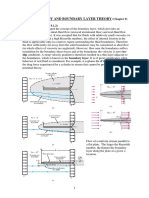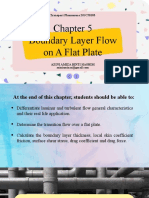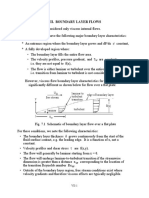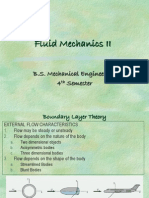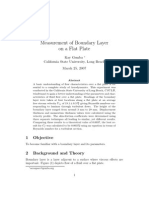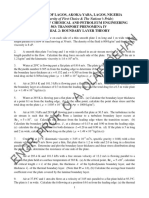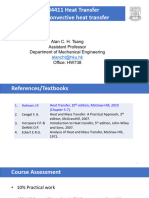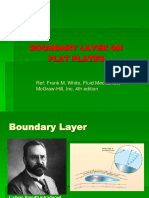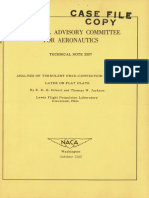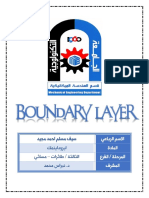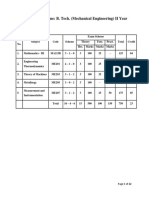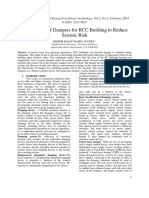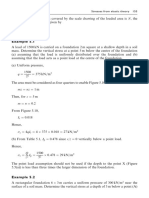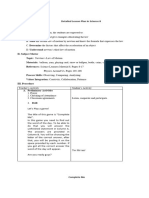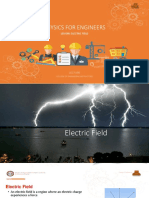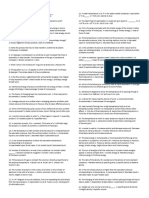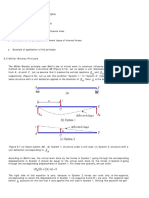0% found this document useful (0 votes)
82 views32 pagesBölüm 4 Tümü
This document discusses viscous boundary layers and includes the following key points in 3 sentences:
The document covers equations for the continuity, momentum, and boundary conditions for incompressible, laminar boundary layers. It also discusses numerical solutions for the Falkner-Skan problem, velocity profiles, skin friction coefficients, and transition from laminar to turbulent flow. The derivation of equations for incompressible, turbulent boundary layer flow is presented along with discussions of eddy viscosity, integral equations, and calculations of boundary layer thickness and skin friction coefficients on flat plates.
Uploaded by
ramazanvank40Copyright
© © All Rights Reserved
We take content rights seriously. If you suspect this is your content, claim it here.
Available Formats
Download as PDF, TXT or read online on Scribd
0% found this document useful (0 votes)
82 views32 pagesBölüm 4 Tümü
This document discusses viscous boundary layers and includes the following key points in 3 sentences:
The document covers equations for the continuity, momentum, and boundary conditions for incompressible, laminar boundary layers. It also discusses numerical solutions for the Falkner-Skan problem, velocity profiles, skin friction coefficients, and transition from laminar to turbulent flow. The derivation of equations for incompressible, turbulent boundary layer flow is presented along with discussions of eddy viscosity, integral equations, and calculations of boundary layer thickness and skin friction coefficients on flat plates.
Uploaded by
ramazanvank40Copyright
© © All Rights Reserved
We take content rights seriously. If you suspect this is your content, claim it here.
Available Formats
Download as PDF, TXT or read online on Scribd
/ 32

